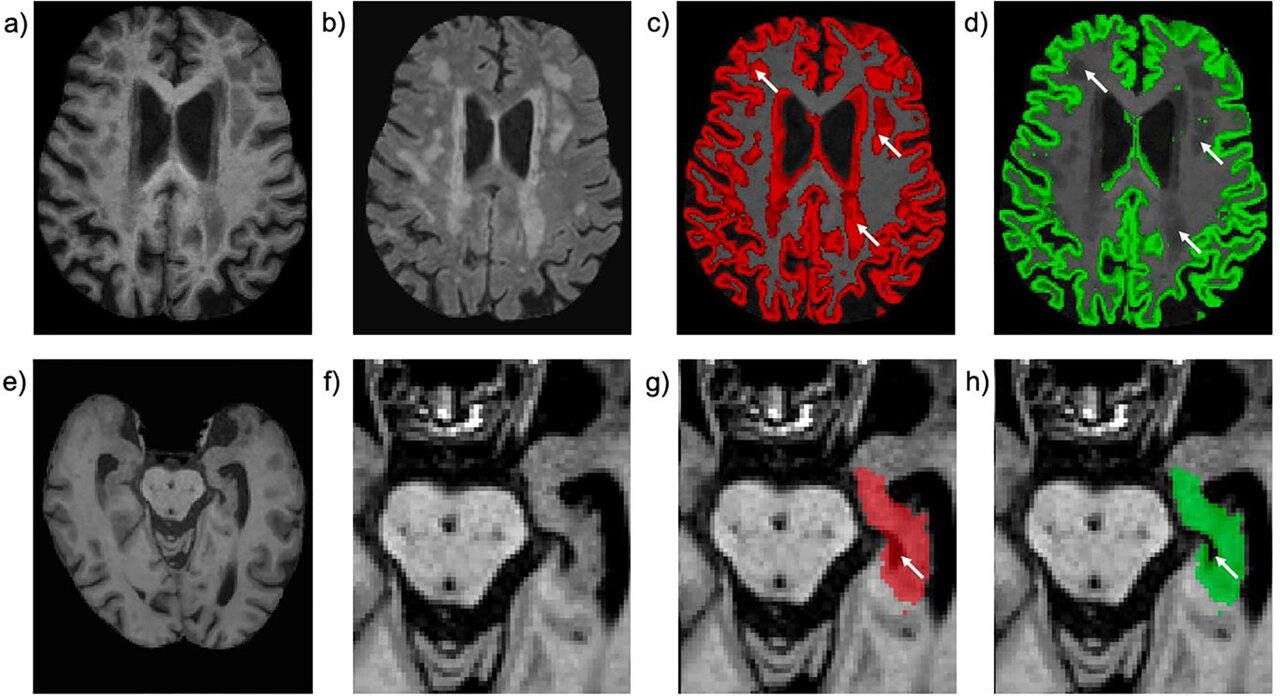Human imaging project achieves record: Volunteers reveal body's deepest secrets

A Groundbreaking Achievement in Medical Research
The UK Biobank has achieved a remarkable milestone by completing the world's largest whole-body imaging project, scanning the brains, hearts, abdomens, blood vessels, bones, and joints of 100,000 volunteers. This unprecedented effort is transforming how we detect and diagnose diseases, offering insights into the complex processes that occur as people age.
Since 2015, the imaging data collected by UK Biobank have been released in batches, allowing scientists around the globe to use this information to develop more effective diagnostic tests for serious conditions such as heart disease, dementia, and cancer. Soon, approved researchers will have access to over one billion de-identified images from these 100,000 volunteers.
When combined with existing data on lifestyle, medical history, genetics, and blood proteins collected from the same volunteers over the past 15 years, these imaging datasets provide an unparalleled view of how various aspects of our lives influence our health. Over 1,300 peer-reviewed scientific papers have already been published using this data, leading to improved patient care within the NHS and beyond.
Real-World Applications of the Data
One significant impact of the UK Biobank’s work is in the field of memory clinics. NHS memory clinics across the UK now use procedures developed from UK Biobank data to analyze brain magnetic resonance (MR) images, enabling more accurate diagnoses of dementia. Similarly, cardiac care has seen improvements in over 90 countries, where clinicians use an AI tool developed with UK Biobank data to analyze heart scans in under a second—drastically reducing the time needed compared to previous methods.
After 11 years of effort, 100,000 imaging appointments lasting approximately five hours each, and an investment of over £60 million, UK Biobank has reached this groundbreaking milestone. The scale of the project, which is more than ten times larger than any previous similar initiative, allows scientists to identify patterns of disease that were previously undetectable.
Insights from Volunteers and Researchers
Each participant in the project provided detailed data, including lifestyle information, physical measures like height, weight, and grip strength, and a blood sample. Alison, a member of UK Biobank's Participant Advisory Group, shared her motivation: "I signed up to my imaging appointment because I want to help create a healthier future for all of us to enjoy."
During each appointment, over 12,000 MR images from the brain, heart, and abdomen were collected per person, along with whole-body scans measuring bone density and body fat, and an ultrasound of the carotid arteries. These comprehensive scans offer a unique opportunity for researchers to study rare diseases and compare healthy bodies to those with multiple conditions.
Transforming Biomedical Research
Professor Louise Thomas, Professor of Metabolic Imaging at the University of Westminster, emphasized the transformative nature of the project. "UK Biobank's imaging study has transformed the landscape of biomedical research forever," she said. "The sheer volume of data propelled major advances in computerized image analysis, allowing researchers to measure nearly every organ and tissue in seconds."
This wealth of data is driving discovery science, which could lead to new diagnostic tests and treatments. Some examples include:
- Developing an AI model that creates a personalized healthy heart, helping to identify early signs of heart disease.
- Revealing how organs can be biologically older than chronological age, aiding in the prevention of diseases.
- Uncovering connections between the heart and brain, which could improve understanding of psychiatric disorders.
- Replacing invasive procedures with MRI scans for diagnosing fatty liver disease.
- Predicting the early onset of 38 diseases using AI and MR images.
- Linking alcohol consumption to potential reductions in brain size and increased risk of memory loss and dementia.
- Revealing genetic differences in how people store fat, impacting the risk of diseases like diabetes and heart disease.
- Using DEXA scans to identify calcification in the abdominal aorta, a condition often under-diagnosed.
Expanding Access and Future Directions
The project has also led to a global democratization of access to imaging data, making it usable by researchers outside traditional imaging fields, including those in less wealthy countries. Professor Naomi Allen highlighted the positive feedback received from researchers worldwide, who are applying findings from the imaging project in innovative ways.
The project was piloted in 2014 with over 7,000 volunteers and expanded to 100,000 participants in 2016. A second phase launched in 2022 aims to perform repeat imaging on 60,000 participants, with the goal of completing the project by 2029.
UK Biobank data are made available to approved researchers through the secure cloud-based UK Biobank Research Analysis Platform (UKB-RAP). Imaging data from all 100,000 participants are expected to be accessible to researchers by the end of 2025.
This monumental achievement continues to shape the future of medical research, offering new possibilities for understanding and improving human health.
Post a Comment for "Human imaging project achieves record: Volunteers reveal body's deepest secrets"
Post a Comment